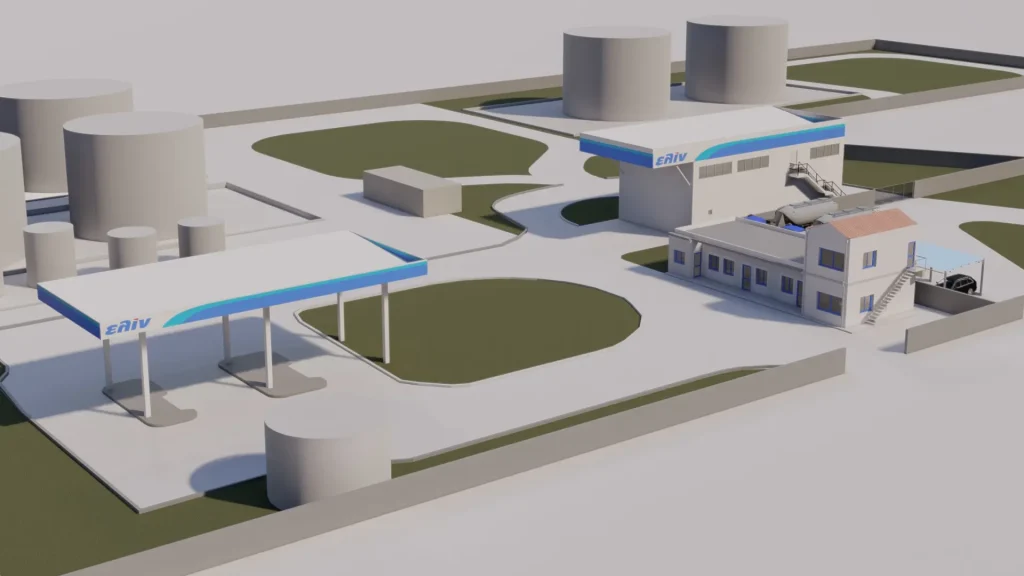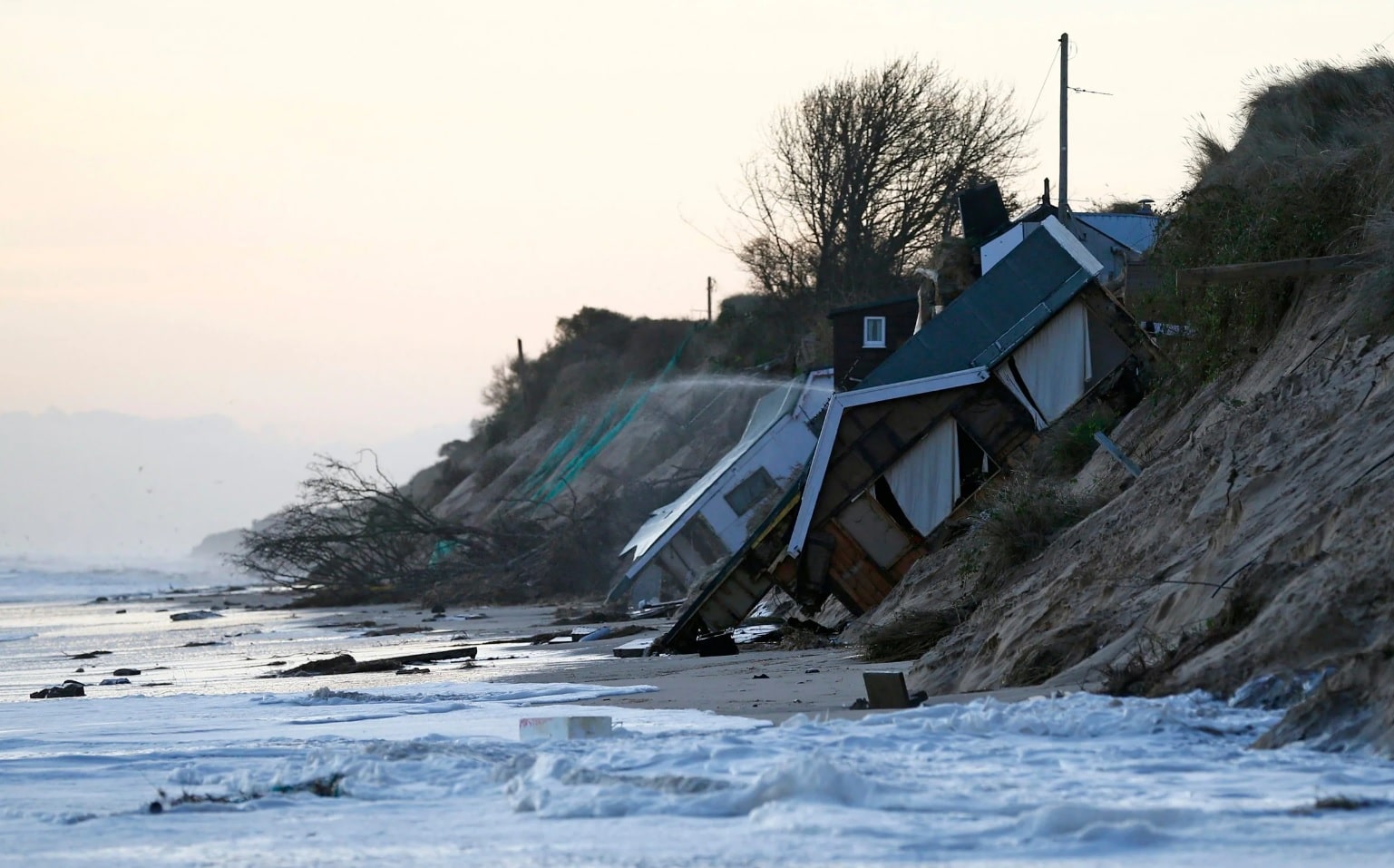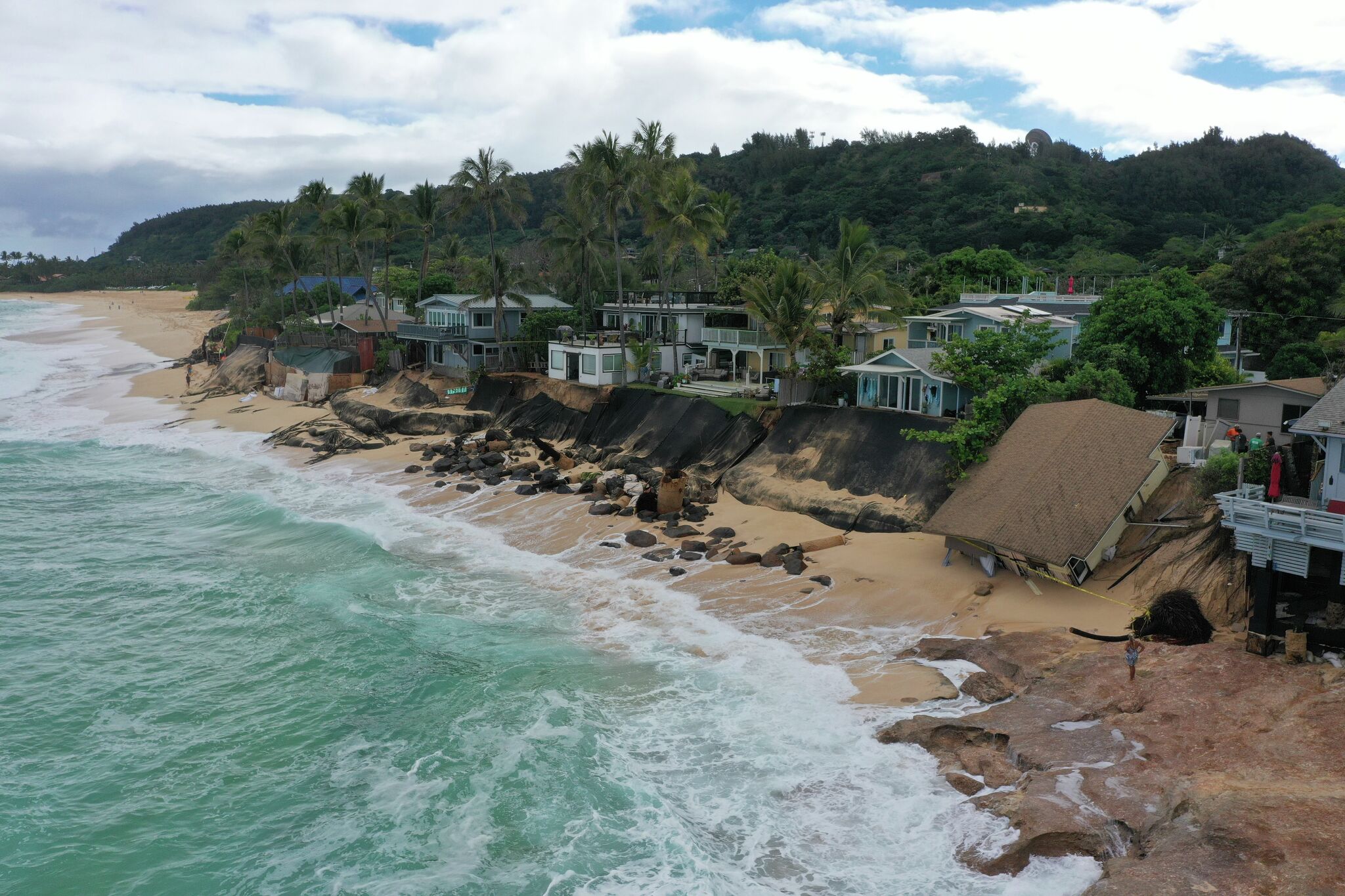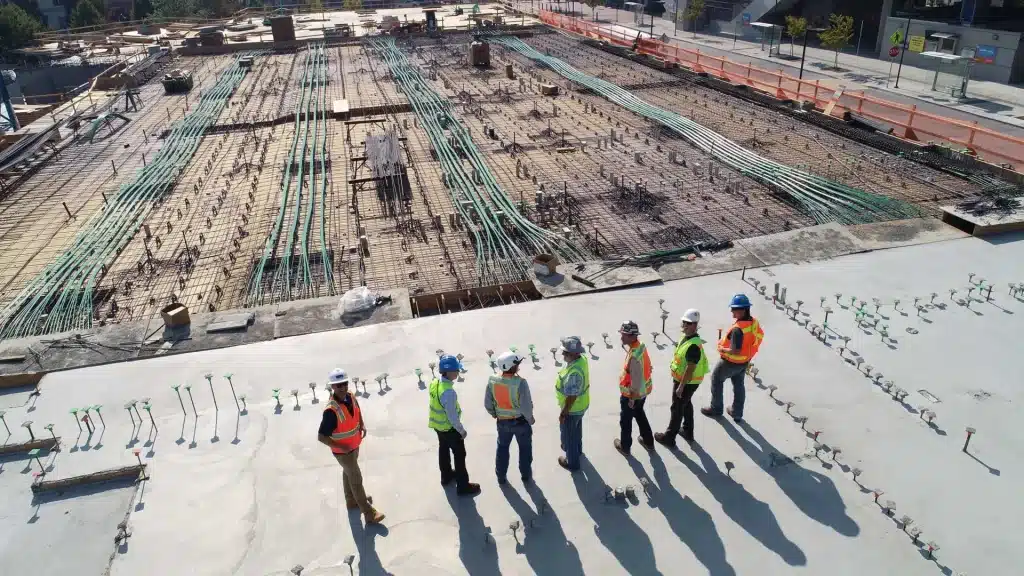
The coastal regions of greece has always been popular locations for development, as well as provide a beautiful view, a sense of community and opportunities for recreation.
However, the construction in these areas is becoming more and more complex due to the unique challenges posed by the very close distance from the sea. Coastal erosion, storms, and the change of the water level are just a few of the issues that need to be taken into account during the construction in these areas. Therefore, the geotechnical study of the coasts is an essential element of any construction project.
What is a geotechnical study
The geotechnical survey of the coast is the process of evaluation of the conditions of the soil and subsoil of a site for the identification of potential risks that may arise during the manufacturing process.
This includes the assessment of the stability of the soil, the likelihood of corrosion and the position of the aquifer.
By conducting a geotechnical study in areas near the sea, engineers and manufacturers can identify potential risks that may affect the stability and safety of the construction, while taking preventive measures.
He prepared a geotechnical study in coastal areas
A geotechnical coastal study includes several stages. Initially, we analyzed the location where inspected the area and collected information about the topography, geology, and the existing structures in the area. Subsequently, sampling of soil and rock, with the objective of determining the composition and strength of the soil.
Following the collection of samples of groundwater and determine the position and the level of the aquifer, in order to assess the chances of leakage of groundwater and flooding. In coastal areas that are close to the hills, are also estimated the risks of landslides and flooding using computer models for the simulation of the impact.
A geotechnical study, it also includes seismic analysis where it becomes a measurement of the vibrations of the ground, while an analysis of the waves and the winds, and evaluated the possible effects of these forces in the construction.
The collected samples are sent for laboratory testing in laboratories that are in harmony with the Greek and european specifications.
In coastal areas, the purpose of the work is usually building, therefore, the geotechnical study should include important elements such as a detailed description of the project, the geotechnical parameters of the calculation, the territorial sections, calculations of the stability and specific factors that connect the project to the ground.
The most important challenges
One of the main challenges during construction in the coastal areas is the possibility of soil erosion, which is caused by the constant motion of the water and leads to instability and possible collapse of the construction.
The geotechnical study of the shore can help identify areas of the site that are at risk from corrosion and help the engineers to design and construct the building in a way that minimises this risk.
For example, the construction in a location with a high risk of corrosion may require the use of more robust foundations or other protective means.


Another challenge for the coastal construction is the underground waters. The sea can cause the rise of the water table, and this can lead to problems with leakage of groundwater and flooding.
The geotechnical study can help identify the location and the level of the aquifer. For example, the construction in a location with a high level of water may require the use of systems waterproofing or drainage.
In addition to these challenges, the coastal environment is subject to other severe weather conditions, such as strong winds and storms. Engineers understand the conditions of the soil and the underground conditions that may affect the stability of the construction during severe weather events.
This includes the assessment of the potential impact of the forces of wind and waves in the construction, as well as the evaluation of the sensitivity of the site in this kind of weather phenomena.
In conclusion, a geotechnical study provides valuable information on the condition of the soil and subsoil that can help engineers to design and build safe and stable structures that overcome the unique challenges of the coastal environment and show considerable strength in depth time.
The main factor is the fact that engineers can identify from before the potential risks and to take the necessary measures prior to the start of construction.







